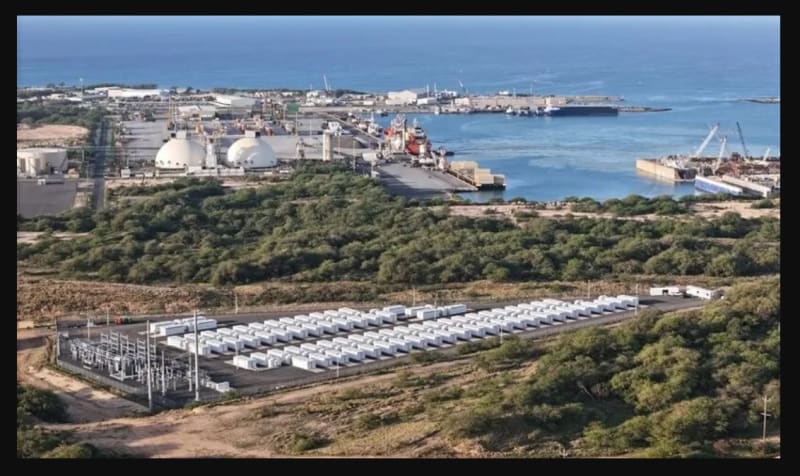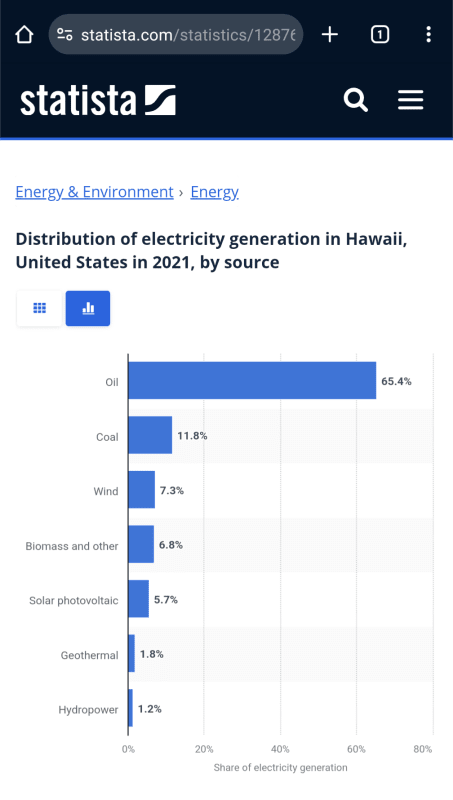cmoreride
Civil/Environmental
- Jun 30, 2019
- 53
Plus Power’s Kapolei battery is officially online. The pioneering project is a leading example of how to shift crucial grid functions from fossil-fueled plants to clean energy.


Follow along with the video below to see how to install our site as a web app on your home screen.
Note: This feature may not be available in some browsers.


That idea only makes sense if there is ever an excess of renewable energy available.
TugBoatEng said:That idea only makes sense if there is ever an excess of renewable energy available.

Peaking plants are usually combined cycle so they are more efficient than the base load plants.
